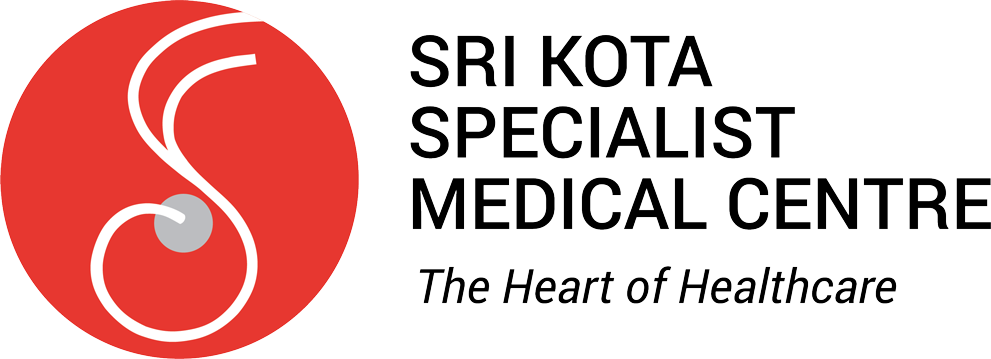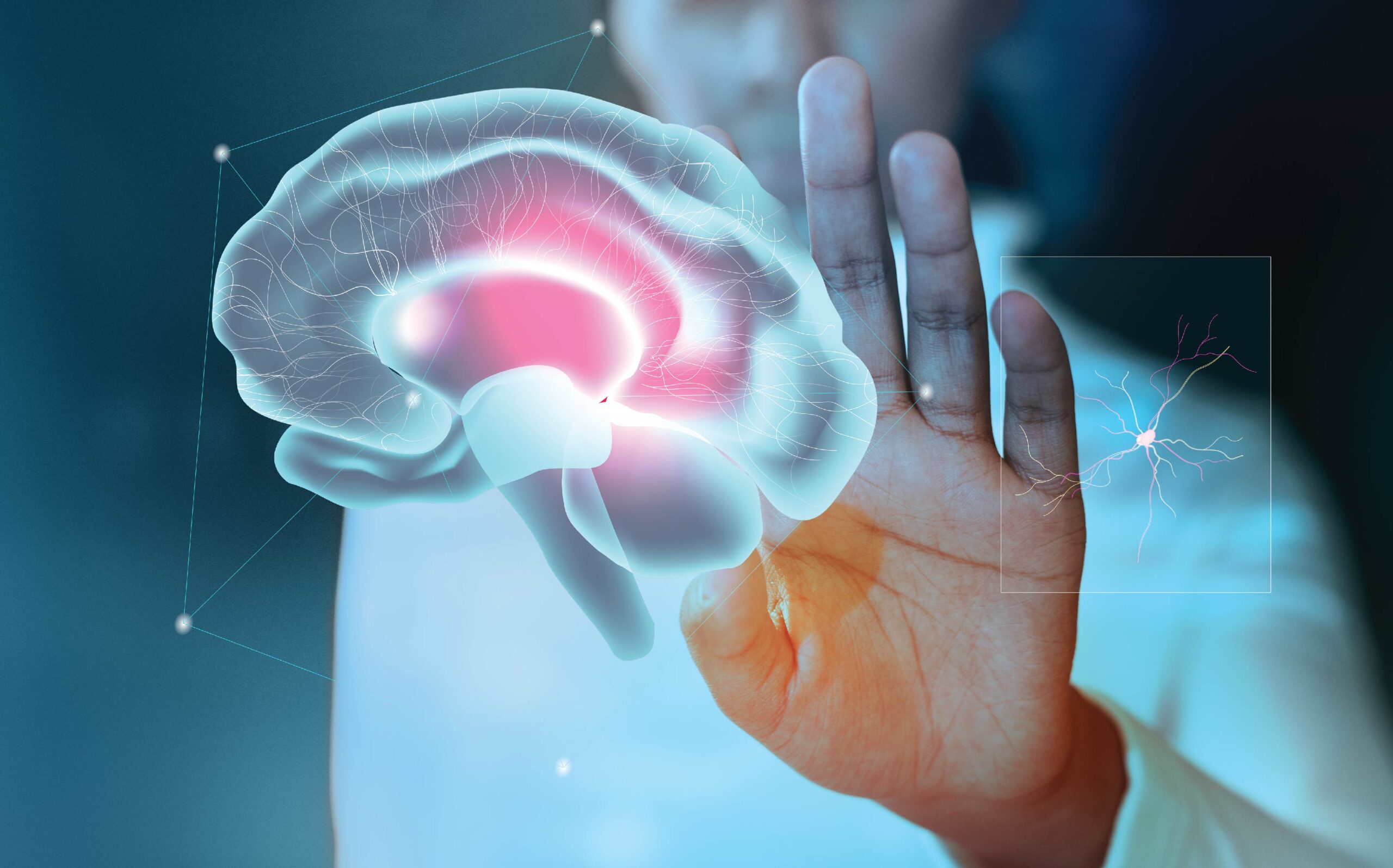It has been estimated that one in four Malaysians will suffer a stroke by 2040 if no preventive action is taken, and one in four strokes now occurs in people under the age of 50. What are your thoughts on this? Why is it becoming more prevalent and why is it affecting young people now?
Strokes were usually linked with older age, but that’s not the case anymore. It is increasingly happening to younger people in Malaysia.
The increasing incident rate among younger individuals is a concerning trend. However, while I can provide some general insights, it’s important to highlight that it is a complex matter and can be due to other underlying health conditions.
In Malaysia, the most common risk factors prevalent among younger people today are as below:
- Sedentary lifestyles and lack of physical activity are known as contributing factors to cardiovascular risk, including obesity and hypertension.
- Poor diets that are high in salt, saturated fats, and processed foods contribute to conditions such as hypertension and dyslipidemia (high cholesterol), increasing the risk of strokes.
- Smoking tobacco increases your risk of stroke too. According to the World Stroke Organization, an individual who smokes 20 cigarettes a day is six (6) times more likely to have a stroke compared to a non-smoker.
- Excessive alcohol consumption is linked to over one million stroke cases each year globally.
- Family genetics is also a big risk factor for stroke. Some individuals may have a genetic predisposition to stroke or related risk factors.
When we talk about stroke prevention, how big a role does diet and lifestyle play?
- Prevention is always better than cure, especially when it comes to stroke. Diet and lifestyle play a significant role in stroke prevention. Adopting a healthy lifestyle and making informed dietary choices can contribute to reducing the risk factors associated with strokes.
- Exercising at least three times per week for a minimum of 30 minutes each session, eating a regular balanced diet, and having regular annual body checkups can make a huge difference. Did you know that just 30 minutes of exercise, five times a week, can reduce the risk of stroke by 25%?
- Switching to a diet that is mostly plant-based with small amounts of meat and fish such as the ’Mediterranean Diet’ can help to maintain good health. There is a large body of evidence to support its benefits for cardiovascular health and stroke prevention.
If someone has a family member who suffered a stroke, are they more likely to get one too? Is there a link?
- Yes, having family member with stroke can increase an individual’s risk of having a stroke. Research suggests that having a first-degree relative who has experienced a stroke can increase one’s risk of stroke by up to 30%
- While genetic predisposition plays a role, it’s important to note that lifestyle and environmental factors also significantly influence stroke risk. At the same time, it’s important to highlight that having a family history of stroke does not mean that an individual will experience it.
- However, knowing a family history can be valuable in terms of early detection and prevention. I would advise people with a family history of stroke to be more vigilant about adopting a healthier lifestyle, managing risk factors, and seeking regular medical check-ups.
- There is a way to calculate your risk of stroke and be pre-emptive in preventing a stroke. By using the Stroke Riskometer which is a unique and easy-to-use tool endorsed by the World Stroke Organization (WSO), for assessing your risk of a stroke in the next five or ten years and what you can do to reduce the risk.
In your opinion, do many Malaysians die of a stroke because they or their family members are unable to recognise the early warning signs of a stroke and seek immediate medical attention?
- It is possible. Early recognition means that the damage to the brain is significantly minimised and can also reduce the chances of long-term disability. Think of it this way, the longer a stroke goes without medical attention, the more damage it causes to the brain.
- In a carefully selected group of stroke patients, doctors can infuse thrombolytic therapy – clot buster to lyse the blood clot. However, it is only effective if done within a 4.5-hour window from the onset of the stroke. The earlier it is done, the greater the effect. Therefore, early recognition of stroke symptoms and swift arrival at the hospital are imperative for enhancing the prospects of a successful recovery.
- In terms of stroke awareness, it is still low not only among the general public but also among healthcare personnel. One in four survivors will have another stroke. Focus on secondary prevention is essential to prevent further strokes in the future.
- As a healthcare professional, there is a need and responsibility to educate the public, regardless of age, about the BEFAST system, which can help in early symptom recognition. BEFAST stands for:
- Balance
- Eye blur
- Face asymmetry
- Arm weak
- Speech slurred
- Time to call for help
- Early recognition makes a big difference. Knowing the signs of stroke and getting treatment quickly saves lives and improves the chances of a smooth recovery. Every minute counts.
Are the signs or symptoms of stroke different in men and women? Same?
The signs and symptoms of stroke are generally similar between men and women. However, there may be some differences in how certain symptoms manifest or in the frequency of specific risk factors. It’s important to note that individuals may experience strokes differently, and not everyone will exhibit the same set of symptoms.
Is full recovery/rehabilitation from a stroke possible for most patients or only those who have had a mild stroke?
- The potential for recovery and rehabilitation after a stroke varies widely among individuals and is influenced by several factors, including the severity of the stroke, the area of the brain affected, the timeliness of medical intervention, and the individual’s overall health and commitment to rehabilitation. It’s important to note that stroke recovery is a complex and often ongoing process.
- Advances in stroke rehabilitation and therapy hold promise for improving patient outcomes, including advancements in clot-busting medications, mechanical thrombectomy,neuroprotective treatments, and innovative imaging techniques that aid in early diagnosis and treatment.
- If a patient develops a stroke due to blockage of large blood vessels, doctors can perform mechanical thrombectomy (clot retrieval treatment) which is a highly effective treatment that increases the chance of a good outcome by more than 50%.
- For every 100 patients treated, 38 will have a less disabled outcome, and 20 more will achieve functional independence.
- We also discussed stroke thrombolysis earlier which is only effective if done within 4.5 hours. However, with new technological advancements, doctors can provide treatment for up to 24 hours or beyond.
- The best chance of recovery occurs within the first three months after a stroke. Regular physiotherapy and rehabilitation are crucial for stroke recovery.
by Dr Wong Sing Keat, Consultant Neurologist

